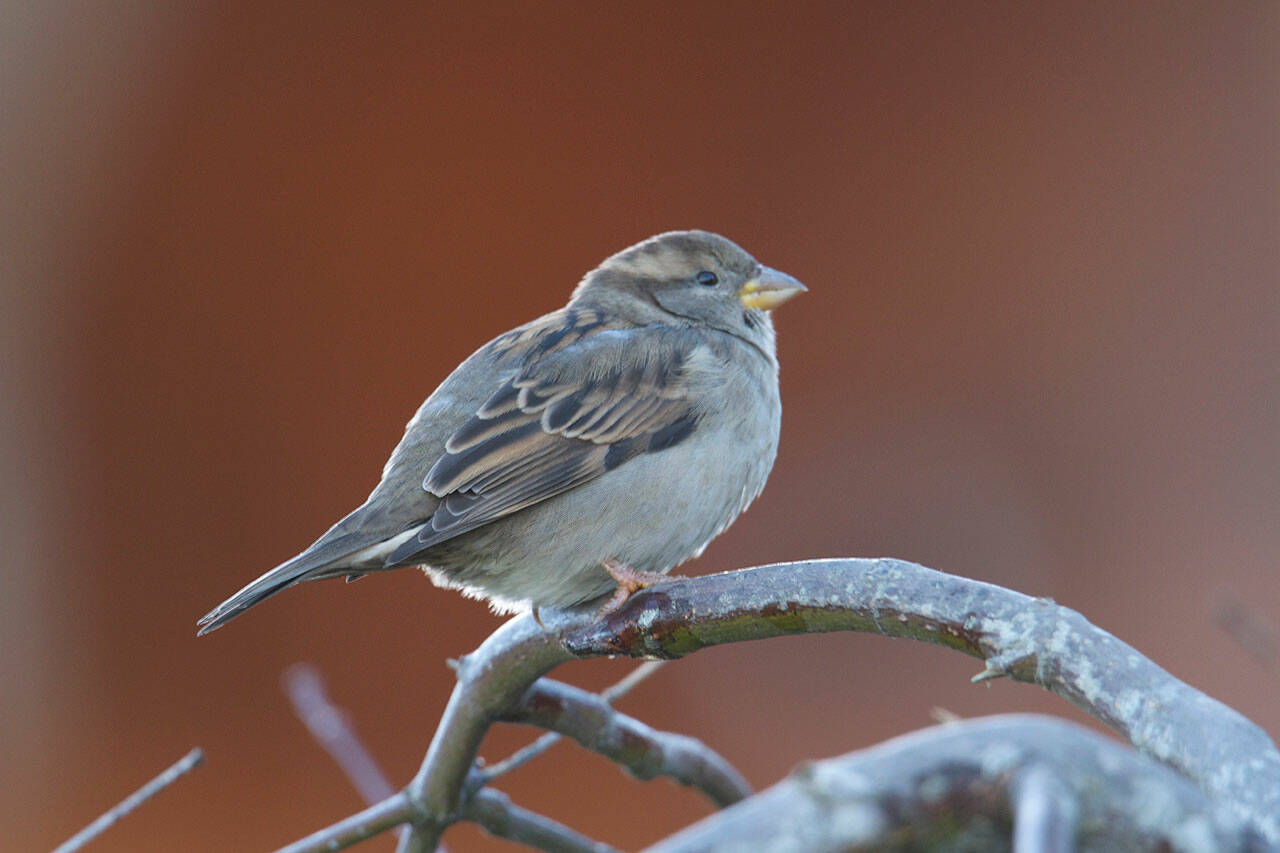As much as I love plants and the act of gardening, watching birds flit about the yard is one of the joys and bonuses of having a garden.
Their brightly colored feathers, melodic songs and gravity-defying antics never get boring. Anything I can do to encourage more birds in my garden is a win-win for me and the birds. And as it turns out, many of my bird-friendly efforts are simple and easy to accomplish.
All birds, including hummingbirds, need the same basic elements to become attracted to our yards. For starters, they need to feel safe and need places to nest, so trees and shrubbery are critical.
When my wife and I moved into our house two years ago, our yard was completely devoid of dense plantings of shrubs and trees, even though the landscape was almost 30 years old. It resembled a fairway more than a garden and I hardly ever saw any birds.
They mostly hung out at the neighbors’ where there were mature trees and several feeders with suet, seed, nectar and water. I soon realized that luring these delightful creatures over the fence wasn’t going to happen overnight. I needed to do some serious planting.
Over the next season, I worked on site development, adding to and amending the native soil, modifying rock walls, installing pavers, decks and pergolas, and improving drainage. All that took me about a year.
This year, I made it to the planting stage and managed to install more than 300 shrubs, trees and perennials. It’s still a long way from looking like a garden, but it is enough to start drawing in some of the bird population from my neighbors’ yards and the surrounding landscapes.
It will, of course, be a few more years before the shrubs and trees are large enough to function as a place to hide and nest, but all the perennials are providing food and nectar in the interim, not to mention bouquets for the dining table.
In addition to safety and nesting opportunities, food and water are the other elements critical to drawing birds into our gardens.
While the best source of these things is from the plants, growing either in the ground or in containers, most of us hardcore gardeners will hang feeders containing seeds or suet, or in the case of hummingbirds, nectar. A shallow bird bath can also function as a drinking fountain.
While I have to confess I didn’t get much activity on my feeders this summer, all that has changed now that we are into fall.
Since investing in a better bird seed, I’m now filling it up daily. Whatever falls to the ground is consumed by the very rotund squirrels that my neighbor routinely feeds peanuts to, along with the chickadees, juncos and finches. Nuthatches, Stellar’s jays and flickers are now regular visitors. Nothing could make me more pleased.
If you want to have more birds in your garden, then start by increasing the diversity of plant material. Then, let things get a bit more on the wild side. Avoid pesticides that can kill insects (a vital source of protein), supply a source of water and, during the fall and winter, supplement the natural sources of food with seed and nectar feeders. If you do all this, you will eventually enjoy endless hours of priceless entertainment. Stay safe and keep on gardening.
Steve Smith is the owner of Sunnyside Nursery in Marysville and can be reached at sunnysidenursery@msn.com.
Two free classes
Sunnyside Nursery’s free gardening classes are online for now. A “Happy Houseplants” class is scheduled for 10 a.m. Nov. 6, followed by a “Winter Pruning for Happy Trees” class at 11 a.m. Nov. 7 via Zoom. With registration, you’ll receive a Zoom link to attend the online class. For more information or to sign up, visit www.sunnysidenursery.net/classes.
Talk to us
> Give us your news tips.
> Send us a letter to the editor.
> More Herald contact information.

























